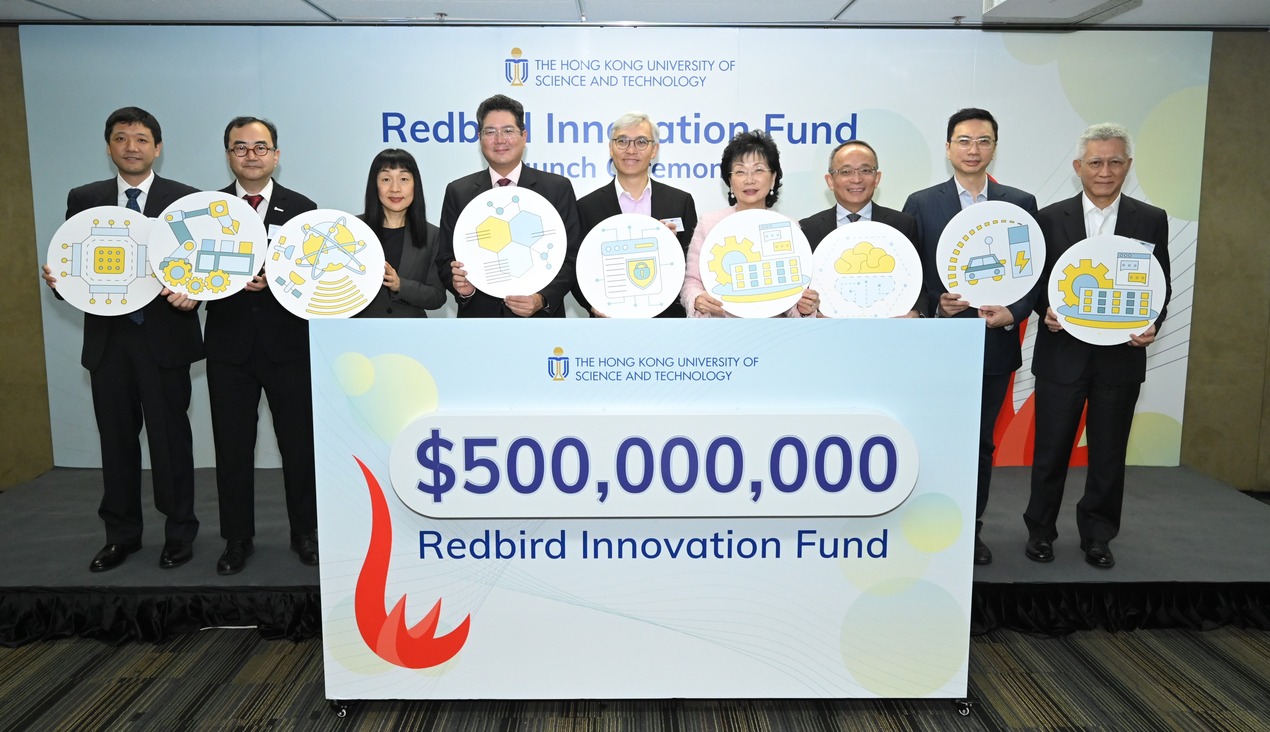
New South Wales aims to attract $11.6 billion of private investment and create 2400 new jobs under the government’s ambitious 10-year plan to reach net-zero emissions by 2050.
The plan, the first of its kind in Australia, will drive about two-thirds of the investment to regional and rural NSW and is expected to save households $40 a year on electricity bills.
It will be “the foundation for the state’s action on climate change” and will also deliver a 35 per cent emissions reduction from 2005 levels by 2030.
The NSW Energy Minister stated that the state would lead Australia with its Net Zero Plan.
Where there are technologies that can reduce both emissions and costs for households and businesses, the aim is to roll them out across the state.
Where these technologies are not yet commercial, the state wants to invest in their development so they will be available in the decades to come.
The plan identifies four key priorities. These include driving the uptake of proven emissions reduction technologies and helping consumers and businesses to make sustainable choices.
The government will accelerate the research and development of low emissions technologies that show potential for becoming “scalable, replicable and cost-effective”.
It will also “lead by example” when it comes to government purchasing policy.
The NSW and Commonwealth governments would invest almost $2 billion over 10 years to reduce emissions, making it the most comprehensive fully-funded plan in Australia.
Almost two-thirds of the private investment under the plan will go to regional and rural NSW, creating job opportunities and diversifying local economies that are doing it tough after the drought and devastating bushfire season.
Global markets are rapidly changing in response to climate change, with many of the world’s biggest economies and companies committed to reach net-zero emissions by 2050.
The state’s actions are firmly grounded in science and economics, to give workers and businesses the best opportunity to thrive in a low-carbon world.
As part of the plan, there will be a $450 million Emissions Intensity Reduction Program to support businesses transition their plant, equipment and processes to low emission alternatives.
The state’s first renewable energy zone in Dubbo will be fast-tracked and “conveniently located” electric vehicle charging stations will be rolled out across the state.
The plan will focus on helping residents buy more sustainably or offset their purchases, including extending rules so that “typical yearly fuel costs” of new cars must be provided to buyers.
The government will also enhance the EnergySwitch service to allow consumers to compare the emissions performance of retailers when looking to change power plans.
As part of its investment in the next wave of emissions reduction innovation, the government will establish a hydrogen program with an aspirational target of up to 10 per cent of hydrogen in the gas network by 2030.
By 2030, the hydrogen market could be worth up to $1 billion, increasing fuel and electricity system security while attracting green investment, the plan notes.
NSW government will also “lead by example” with its purchasing policy, using measures such as buying electricity from sources of generations with low emissions and offering government rooftops and other spaces for third parties to install solar panel systems.
The government spends about $400 million each year on electricity and runs 13,000 passenger vehicles for public sector staff.
It will more than double its solar target from 55,000 to 126,00-megawatt hours by 2024 and increase its target for electric or hybrid passenger vehicles to 30 per cent by 2023.
It will replace Sydney’s bus fleet with electric buses and roll out a fleet of hybrid electric passenger trains from 2023 for regional lines.
















